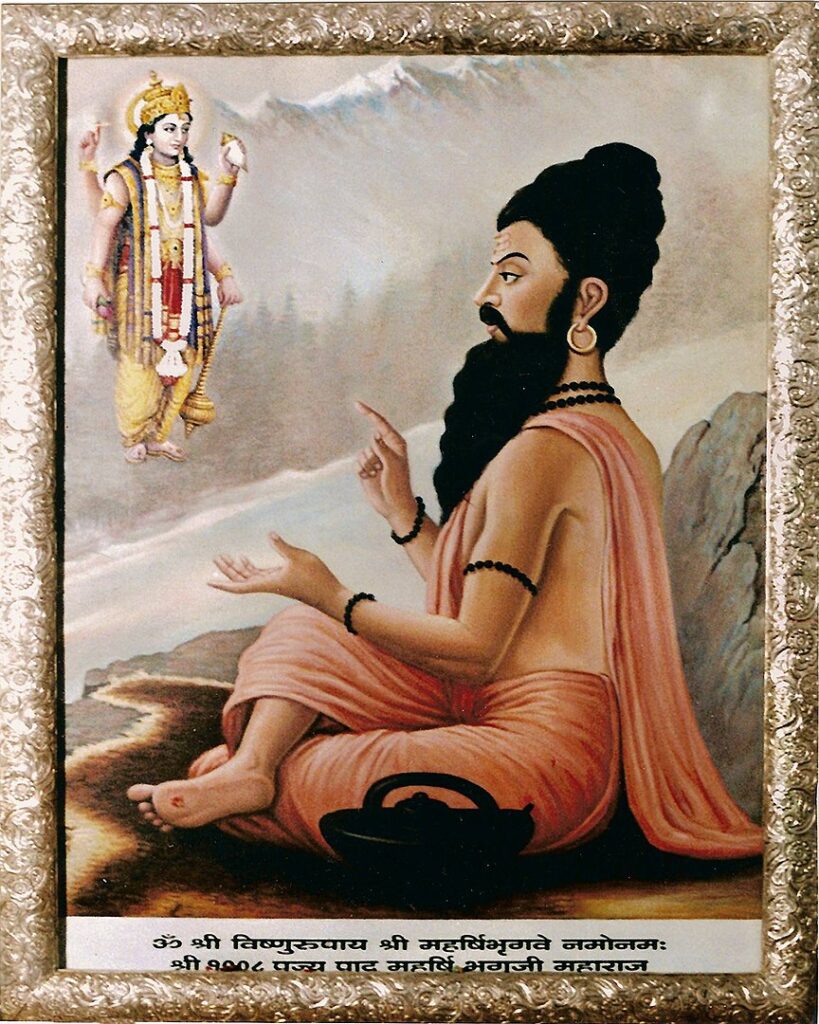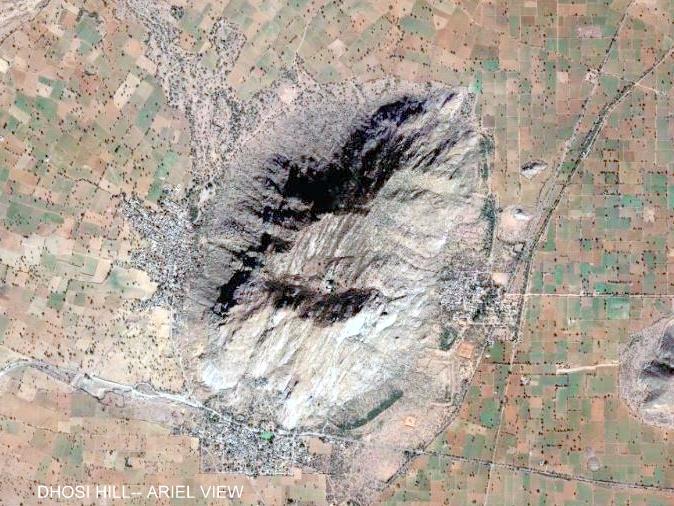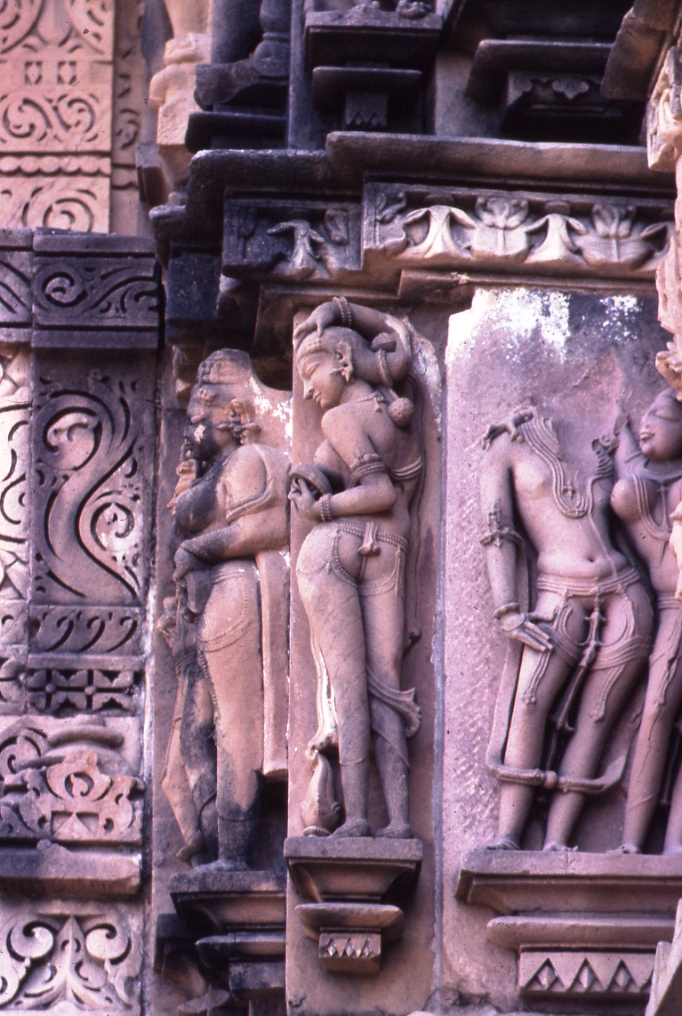
Note: In the previous post, we read about how a rakshasa abducted Sage Bhrigu’s wife (Puloma) when the sage had left his house to perform his ablutions. When asked by the rakshasa, Agni Deva identified the pregnant lady as the sage’s wife. The rakshasa abducted her because her father had initially promised to marry his daughter with the rakshasa, but later, went back on his word and married her to Sage Bhrigu.
After the rakshasa took the form of a boar and forcefully carried away Puloma, her child, who was still in her womb, became angry with the violence that the rakshasa had caused. As a result, the child (who was shining like the sun) came out of Puloma’s womb and fell to the ground. The rakshasa was startled when he noticed the child fall out of Puloma’s womb. He lost his grip on Puloma and fell down on the ground. As soon as the rakshasa fell on the ground, he was burnt to ashes.
The grief-stricken Puloma picked up her child from the ground and started walking back to her home with tears in her eyes. When the tears fell on the ground, they formed a river whose waters followed Puloma as she walked back to Bhrigu’s ashrama. The great Lord Brahma comforted the crying lady and named the river that was formed from her tears – Vadhusara.
By the time Puloma and her child (Chyavana) returned to the hermitage, sage Bhrigu had also completed his ablutions and was already home. Upon seeing Puloma, he asked her who had identified her to the rakshasa.
Puloma replied that Agni (the God of fire) had identified her to the rakshasa and that the demon carried her away while she cried like a kurari (female osprey bird).
Puloma said, “It was only through the splendor of our child that I was rescued.”
Bhrigu became extremely angry with Agni Deva when he heard Puloma’s words, and in that state of extreme anger, he cursed Agni saying, “You will, from now on, eat all sorts of things.”
Note: Agni is known as the mouth of the Gods and he only consumed those things that were very pure. Sage Bhrigu cursed Agni such that he would have to eat all sorts of things – which meant he would also have to eat impure items. This was very disturbing to Agni.
On a separate note, much later, when Chyavana became a sage, he built his hermitage on the banks of the river Vadhusara which was formed from his mother’s tears.
The Ayurvedic preparation “Chyavanprash” was named after Sage Chyavana because it was prepared by the Ashwini Kumars (the physicians of the Gods) to help Sage Chyavana restore his health and youth.
In the next post, we will read about how Agni responded to the sage’s curse.
Previous: A Rakshasa Abducts Bhrigu’s Wife
Next: Agni Deva’s Response to Bhrigu’s Curse
Image Credit: The image at the top of the post was made available in the public domain by Kripal of Nurpur.



